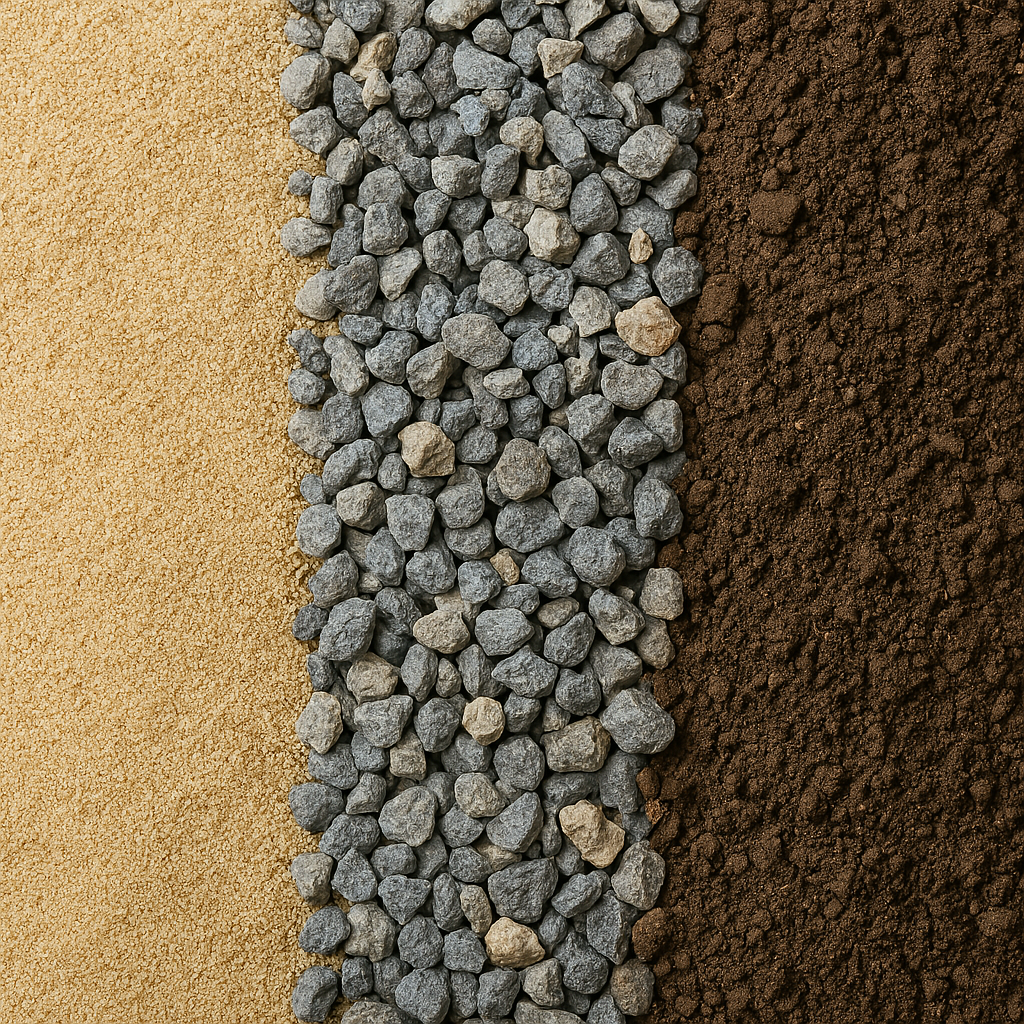Maximize Your Payload: Material-Specific Tips for Aluminum End Dump Haulers
When you haul bulk materials for a living, your profit is riding on every load. But payload isn’t one-size-fits-all. Whether you’re hauling dense gravel or featherlight biochar, getting the most out of your aluminum end dump trailer depends on understanding how your material behaves — and how your trailer is built to handle it.
At Hicks, we design trailers that help you haul more and haul smarter. Here’s how to think strategically about payload by material type:
1. Sand & Gravel: Max Out by Weight
-
Density: Extremely high (90–120 lb/ft³)
-
Challenge: You’ll hit your weight limit before you ever reach the top of the body.
-
Best Setup:
-
Standard side wall height
-
Frameless or frame type trailer
-
-
Tips:
-
Aluminum helps save 2,000–4,500 lbs over steel trailers, which you can convert directly into payload.
-
Don’t add unnecessary body height — it adds weight without return.
-
Twisted Nail is an aggregate hauler with great insights on trailer types. Check out their guide here: Twisted Nail End Dump Trailer Guide
2. Dirt: Density Depends on Moisture
-
Density: 75–100 lb/ft³ (can spike when wet)
-
Challenge: Moisture content can lead to overweight loads and sticky discharge.
-
Best Setup:
-
Smooth, weld-free floor to reduce material hang-up
-
Optional UHMW liner if you're hauling consistently wet material
-
Rugged sills and rear post design to handle extra strain
-
-
Tips:
-
Check moisture levels and adjust load quantity — a “light-looking” load can be overweight.
-
Hicks's engineering features replaceable sides, sills, rear post, and floor.
-
3. Grain: Protect Cleanliness and Maximize Volume
-
Density: Moderate (45–50 lb/ft³)
-
Challenge: You may hit your volume limit before your weight limit.
-
Best Setup:
-
Taller side walls to make use of legal load volume
-
Smooth, cleanable interior (no welds = fewer grain traps)
-
Strong tarp system to protect your load
-
-
Tips:
-
Consider a hopper trailer for long-haul grain, but if you're running multi-purpose, a clean, well-designed end dump is very capable.
-
4. Biochar & Organics: Max Out by Volume, Not Weight
-
Density: Very low (4–30 lb/ft³ for biochar)
-
Challenge: Material is light, dusty, and prone to loss during transport
-
Best Setup:
-
Tall sides or removable extensions
-
Leak-resistant tarp system
-
Smooth floor with an UHMW liner for easy discharge
-
-
Tips:
-
Biochar can easily blow away during transit — always tarp tightly.
-
Aluminum bodies provide the volume you need without wasting your weight rating on the body itself.
-
Check out Ecology Transportation Services resource on hauling various organic material here: Ecology's fleet is versatile and capable of hauling a range of materials, including recycled materials and contaminated soil.
So What’s the Right Trailer? It Depends on Your Material.
Choosing the wrong setup can mean wasted capacity, slower turnaround, or even DOT violations from overweight loads. That’s why Hicks offers:
-
Customizable side wall heights
-
Bolted, replaceable floors, top rails, sills, and rear posts
-
Weld-free interiors that discharge cleaner
-
Liner-ready (or liner-free) options depending on your needs
Want a second opinion on your setup? We’re happy to talk through it whether you're a Hicks customer or not. Call us 877-533-0433.
Final Word: Every Pound Counts — and Every Material Acts Differently
What works for gravel won’t work for grain. And biochar? That’s a whole different game. Whether you’re hauling dense loads across town or featherlight material across the state, it pays to match your trailer to your cargo — and to know what small changes can unlock more profit.

